If you look up the most expensive countries to visit, European countries will be on top of the list. Whether you are on a 2 week or 3 month trip to Europe. You can minimize the impact this has on your wallet and sanity by not making the following mistakes.
1 – Not flying from City to City
There’re several budget airlines operating within Europe. Wizzair, RyanAir, Norwegian just to name a few. Some fares can be as cheap as $80 round trip, making it sometimes cheaper than traveling overland by bus or train.

The only problem is that they charge a lot of having a check-in luggage. This works best if you stay long-term in a centralized city like Budapest which has a major International Airport. You can then visit neighboring countries by flying. This maximizes your time and places to visit.
2 – Staying at Expensive Hotels
There’s no reason to fork a lot of money on a posh hotel room when all you will do is sleep there, right? You’re paying extra cash so you can stare at a fancy chandelier? No, you will be out exploring, experiencing the culture, seeing sights, you will not be in your hotel room for most of the day so there’s no reason to pay a lot of money for a bed.
If you stay at hostels, there’s always the social aspect of meeting people you’ll never get staying at a hotel. Couchsurfing is another option and is a great way to meet locals and get accommodation for free.
3 – Traveling too fast
The best way to travel Europe is to travel slowly. I know it might be difficult for Americans who on average only get 2-3 weeks of vacation a year. You’ll lose out on the whole cultural experience if you try to cram a bunch of countries in that time frame. Instead, shoot for one country/city for a week and if you have more time shoot for 2 weeks for each country.
Take your time, trying to visit too many countries and cities all at once can be very expensive. Doing this means more time spent on buses and trains and end up costing you a lot more.
4 – Focusing on Western Europe instead of Eastern Europe
Look I get it. You’ve seen postcards of the Eiffel Tower and the Colosseum. You’ve been brainwashed to believe this is what Europe is all about. It’s ingrained in your head. But aren’t you curious about the road less traveled? Don’t you want to see what masses haven’t seen before? Eastern Europe has the same charm (if not more) as Western Europe and it’s a lot cheaper!
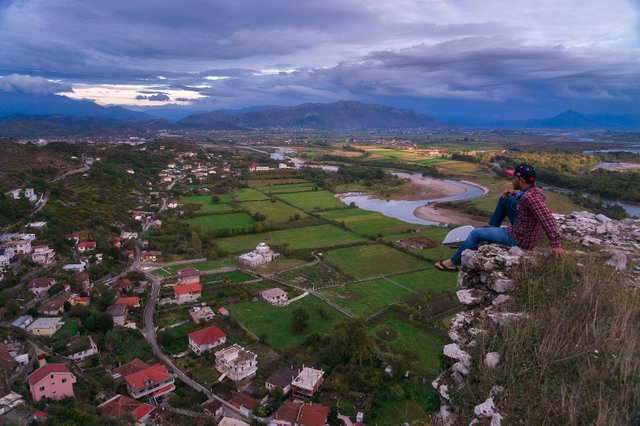
You’ll see the same castles and citadels. The same quaint medieval villages, except they’re more authentic, and the same fairy-tale cities. I’ve been to the Colosseum and the Leaning Tower of Pisa and frankly, they were underwhelming.

I attribute this to expectations. I have heard and read about how grand these places were that when I got there the stories took away the thunder and watered down my expectations. In contrast, I had no expectations about places I’ve visited in Eastern Europe that they’ve often been a grand surprise.
5 – Not getting a local sim card
Since you want to update your friends back home with an Instagram selfie and brag about where you on Facebook. You will rack up international roaming charges fast. Unless you have a Google Fi, which you can use in over 135 countries, you will be better off buying a pre-paid SIM card within the country.
Vodafone has a decent plan that includes 5GB of data. I bought plans for both Hungary and Romania for around 10 euros, there should similar plans throughout Europe.
6 – Packing too much stuff
The general rule of packing things for travel is to take everything you think you need and then leave half of it behind. You’ll be paying insane fees for checked in luggage on airlines. If you’re only traveling for a month or less, you should be able to fit everything you need in a bag the size of a carry-on luggage.
7 – Eating out all the time
Go to the local grocery store or farmers market. This way you will experience the culture. You’ll get a taste of what the locals eat on a day to day basis, not some tourist catered menu at a restaurant. It will also save you a lot of money.
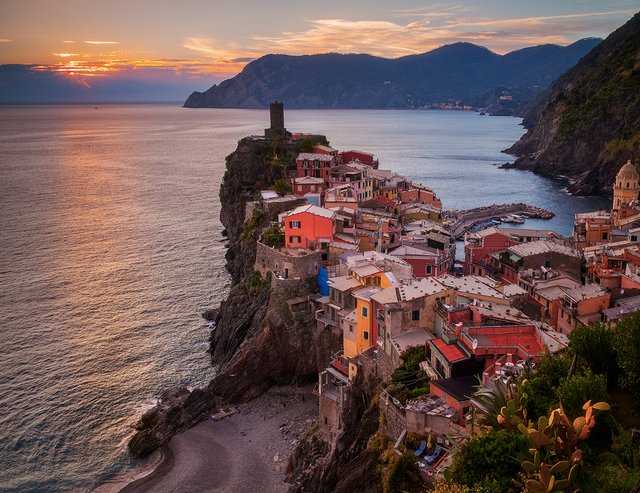
When you’re renting a flat, you always have access to a kitchen. Even hostels have a shared kitchen everyone can use. Cook or learn to cook. It’s healthier and cheaper. If you’re staying at a hotel, well, why are you staying at a hotel again?
8 – Eating at touristy restaurants
Avoid eating at touristy places. This is just a fact. Restaurants near major tourist attractions jack up their prices. Not only expensive, the quality sucks too. Instead, you should try finding a spot where the locals go. Use apps like 4Square to find places that have high ratings from locals and travelers alike. Or just strike up a conversation with a local and ask them where they would eat.
9 – Limiting Yourself to Airbnb
Once upon a time, Airbnb may have been good but those days are long gone. Every local I’ve met in Europe say the same thing about it, it’s expensive because it’s catering to tourists. You should Couchsurf or use a hostel instead.

If you ‘re looking for long-term rentals look at a local listing or classifieds. For example, in Budapest, you can use Budapest Rent and Apartments of Budapest as an alternative to Airbnb. You can also join an Erasmus group on Facebook and see if you can find a room for long-term rentals. I’ve personally used Erasmus groups to great success in finding accommodation.
10 – Not Traveling Off-Season
Off-Season is the best time to travel to Europe. Fewer tourists to deal with. It’s not as hot and the places tend you give you better deals and discounts. There are also possibilities of meeting more locals as the locals go on holiday during the peak season.
11 – Not renting a car when traveling with a group
If you are in a group of 3 or more, rent a car to get around. You can save more than buying individual Eurorail passes or tickets. It’s also more convenient than buses or trains. Imagine having the freedom to roam and go places that trains and buses don’t go to. If you’re leasing a car for your entire trip, you might want to go with Renault Euro Drive, they offer attractive deals for long-term leasing. If you’re going with a short-term rental, go with Auto-Europe.
12 – Over Tipping
I’m not saying don’t tip. You should tip if the service you receive is amazing. Tipping is largely an American thing. It only makes sense there because waiters and bartenders aren’t paid enough. Don’t over tip in Europe, especially in western countries. In America, I know it’s standard to tip 15% and sometimes going up 25% which is ridiculous. Look at the receipt, sometimes it’s already included (service fee). It’s OK to tip in countries in Eastern Europe where the service workers depend on tips for income.
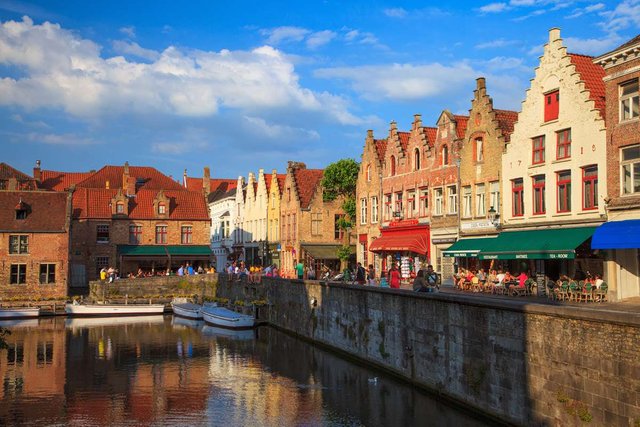
You don’t have to feel guilty about it. The service workers in Europe get paid well compared to their American counterparts. There’s a service charge already included in the bill. If you want to tip extra just tip under 10 percent.
12 – Taking a taxi instead of public transport.
Most cities in Europe have a great public transportation system. There’s no need for you to ever use a Taxi outside of convenience and if you’re in a rush. You can use apps like Rome2Rio to find your route to your destination. Most major European metros have superb subway and train systems. You can even use Google maps to navigate to your route.
14 – Not using a credit card with no foreign transaction fee
I use PenFed visa. I can use anywhere it’s accepted and there’s no foreign fee racked up. It has an EMV chip that most card readers in Europe use. PenFed is a credit union for the military but you can join the National Military Family Association and PenFed will let you become a member.
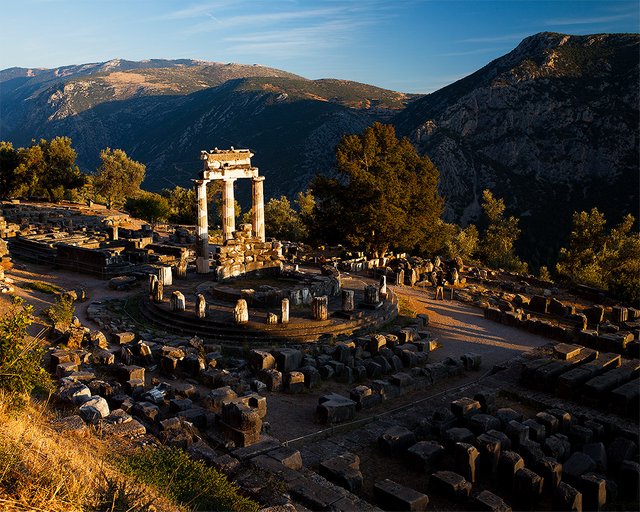
Look for special cards that have this deals. Be careful, some merchants might charge you a fee for using a credit card. Make sure that’s not the case.
15 – Not taking advantage of the Ridesharing revolution
Uber is available in some countries and cheaper than a taxi. BlaBlaCar is available in most European countries and it’s great for traveling cross-country if you’re queasy on hitchhiking.
16 – The fear and stigma of Hitchhiking
Hitchhiking gets a bad rap and just sometimes downright illegal in the U.S. But in Europe, it’s a common practice. You can hitchhike your way across Europe so consider this as an option for transport. Besides, it’s downright fun hitchhiking from country to country.
17 – Not Taking advantage of the Free Walking Tours
In most European cities there are free walking tours offered. These tour guides work on tips so if you don’t like the tour you don’t pay. If you like the tour then you offer an educational fee (tip) for whatever price you think it’s worth.
18 – Not connecting with locals
Sites like Vayable are making it easier and easier to connect with locals. You can even use Tinder to meet locals to hang out with. I know you think it’s only a dating app, but you can use it to make friends and meet locals. Make an effort to meet locals wherever you go.
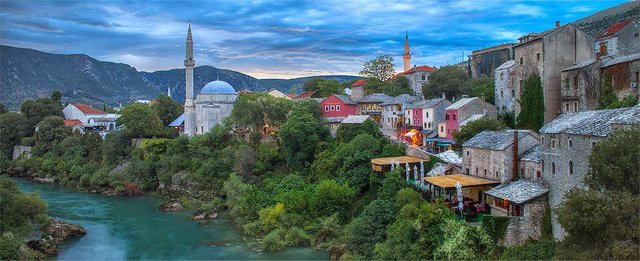
It might be a little harder when you’re introverted but you should try to make an effort. It’s easier when you’re in a non-English speaking country. You don’t have to bear all the pressure of the social setting because the locals will be timid about their ability to speak English.
Connecting with locals means you get the inside scoop on the local culture and you can find places that not as crowded with tourist. The more touristy places are the more expensive it will be. Sometimes it’s the people and culture that make the place memorable, not the tourist attractions.
19 – Being afraid to haggle
Prices aren’t set in stone. In the U.S. it’s unheard of to haggle for lower prices. That’s not the case in Europe or most other places. A lot of touristy places have inflated prices to take advantage of clueless tourists. Treat the sticker price as a “suggestion” and then bargain from there.
20 – Exchanging money for local currency or Euros.
Your best bet to do a cash exchange with a local. But this is sometimes unlikely. If you can’t find a local to barter with, take local currency out of the ATM and the maximum allowable for the day. You can even call your back and ask to have you the maximum raised so you can take out more cash.
Unlike South America, the exchange rates in Europe don’t favor the dollar. The best way is to take out the maximum allowed at the ATM. It would still be cheaper than exchanging your cash at an exchange place. You can also take out cash using Money Cards, it’s probably the best way to take money out overseas.
There you have it. Making a concerted effort to avoid the above mistakes will make your travels to Europe more enjoyable and will save you more money so you can travel longer.